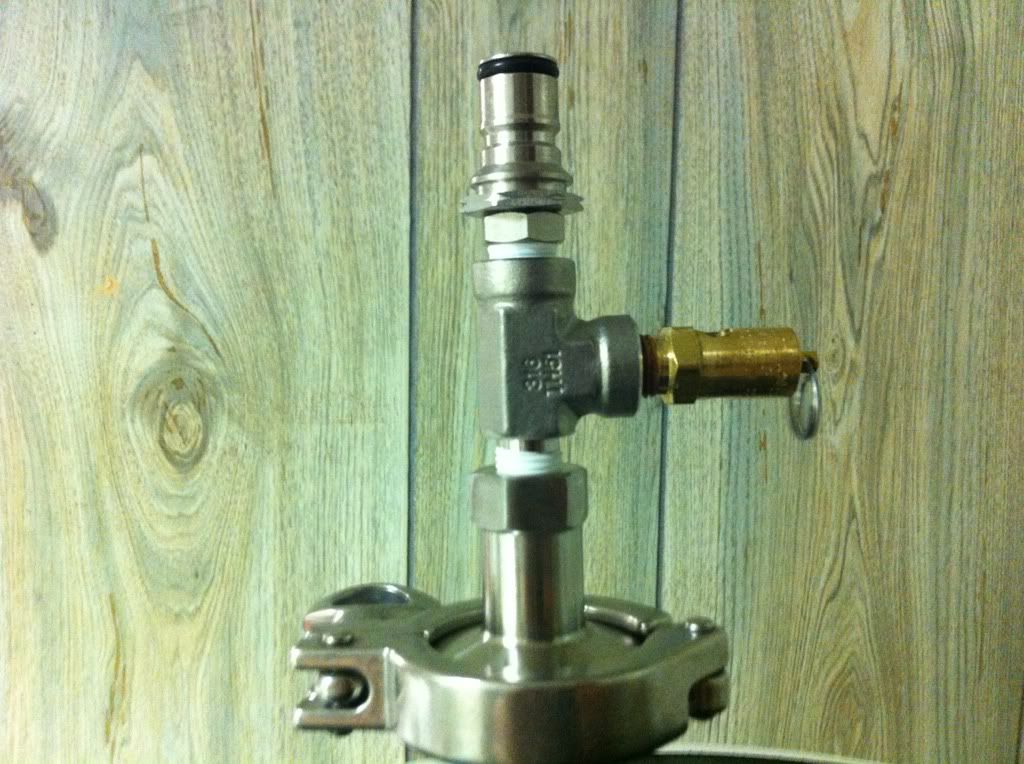I haven't got the conical yet, but your setup here is pretty much the route I intend to take... except I don't want to do drill for a racking arm at all.
I want to take this
tri clover and add this
adapter and
keg post.
It seems you could just slap that on there when you remove the sight glass full of yeast, open the butteryfly, and then go from ball-lock fitting to ball-lock fitting right into your keg. No drilling, no leaking racking hole, easier to clean than some of racking arms I've seen on here.
So... it would be really cool if someone would spend the $40 to guinea-pig my idea for me!





































![Craft A Brew - Safale S-04 Dry Yeast - Fermentis - English Ale Dry Yeast - For English and American Ales and Hard Apple Ciders - Ingredients for Home Brewing - Beer Making Supplies - [1 Pack]](https://m.media-amazon.com/images/I/41fVGNh6JfL._SL500_.jpg)










 :rockin:
:rockin: 


